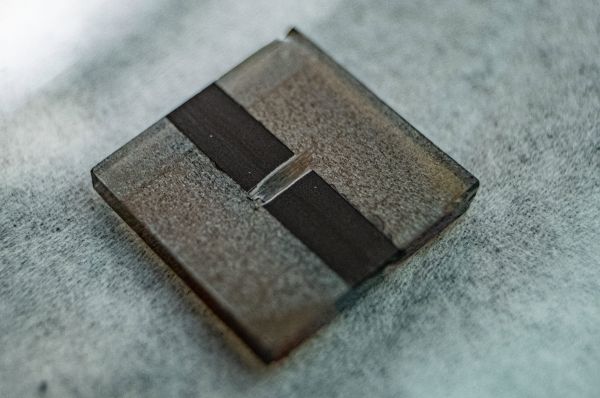Rice University scientists believe they’ve overcome a major hurdle keeping perovskite-based solar cells from achieving mainstream use.
Through the strategic use of the element indium to replace some of the lead in perovskites, Rice materials scientist Jun Lou and his colleagues at the Brown School of Engineering say they’re better able to engineer the defects in cesium-lead-iodide solar cells that affect the compound’s band gap, a critical property in solar cell efficiency.
As a side benefit, the lab’s newly formulated cells can be made in open air and last for months rather than days with a solar conversion efficiency slightly above 12%.
The Rice team’s results appear in Advanced Materials.
Perovskites are crystals with cubelike lattices that are known to be efficient light harvesters, but the materials tend to be stressed by light, humidity and heat.
Read more at Rice University
Photo: A sample all-inorganic perovskite solar cell is a step toward commercial use, according to Rice scientists. Photo by Jeff Fitlow


